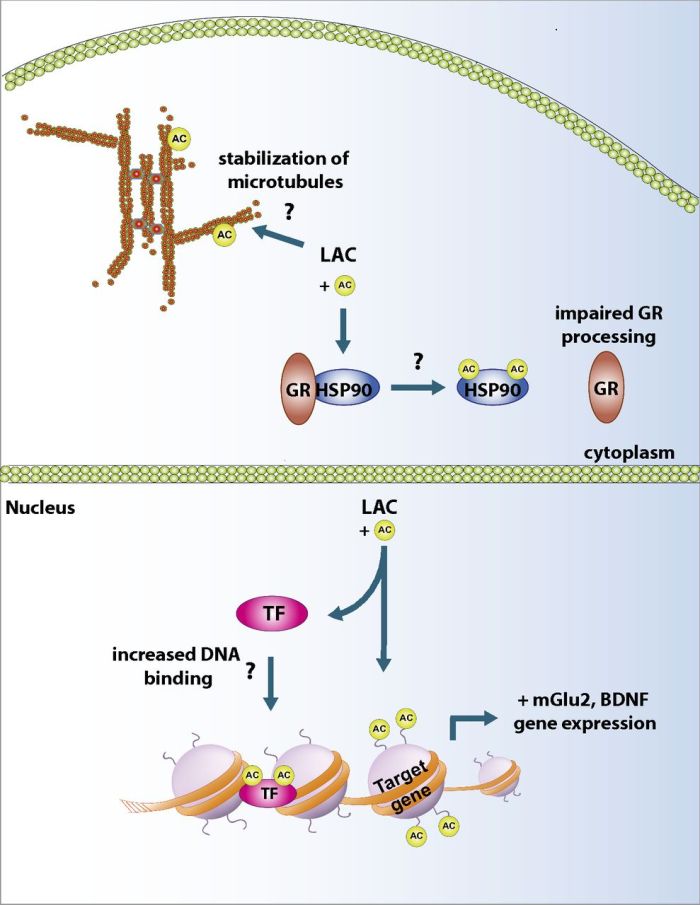A metaphor: for a mountain climber, which point has the most influence on their condition during the climb?
- The path ahead?
- The current situation?
- The recent past?
- The starting point?
- The preparations?
Hard to say? Once the climb has started and until it’s finished, though, are there any points at which the preparations have no influence?
Let’s imagine that factors beyond the climber’s control ruined their preparations, leaving them with no reserves and a limited capability to adapt to environmental changes.
Let’s imagine further that researchers take initial physical and psychological measurements of the climber’s condition at an arbitrary point of the ascent or descent. Due to the design of their measurement system, however, they don’t discover that this climber has an empty backpack.
When the researchers interpret the results, will they understand how the climber’s measurements were influenced by the ruined preparations? end metaphor
A 2014 Israeli study primary finding was of:
“Fear of terror-induced annual increases in resting heart rate.”
The researchers took 325 measurements each “of 17,380 apparently healthy volunteers” who had “consistent exposure to terror threats.”
The study was opaque in some areas. For example, what was the content and handling of a 4-item anxiety questionnaire?
The supplementary material showed that the headlined “fear of terror” term involved three disparate factors:
- feeling unsafe;
- fear of crowds; and
- anxiety about future harm.
I’d like to understand the bases of why the researchers and the reviewer felt it was appropriate that:
“The scores on these items were averaged to yield a continuous FOT [fear-of-terror] score.”
The researchers probably had sufficient measurements of the subjects’ current conditions. They didn’t have a frame of reference that incorporated the present data with contextual information from each individual’s history back to the earliest parts of their life.
Lacking the links provided by such a framework, the researchers likely misassessed measurements that were influenced by how the subjects’ backpacks were packed.
http://www.pnas.org/content/112/5/E467.full “Fear and C-reactive protein cosynergize annual pulse increases in healthy adults”

